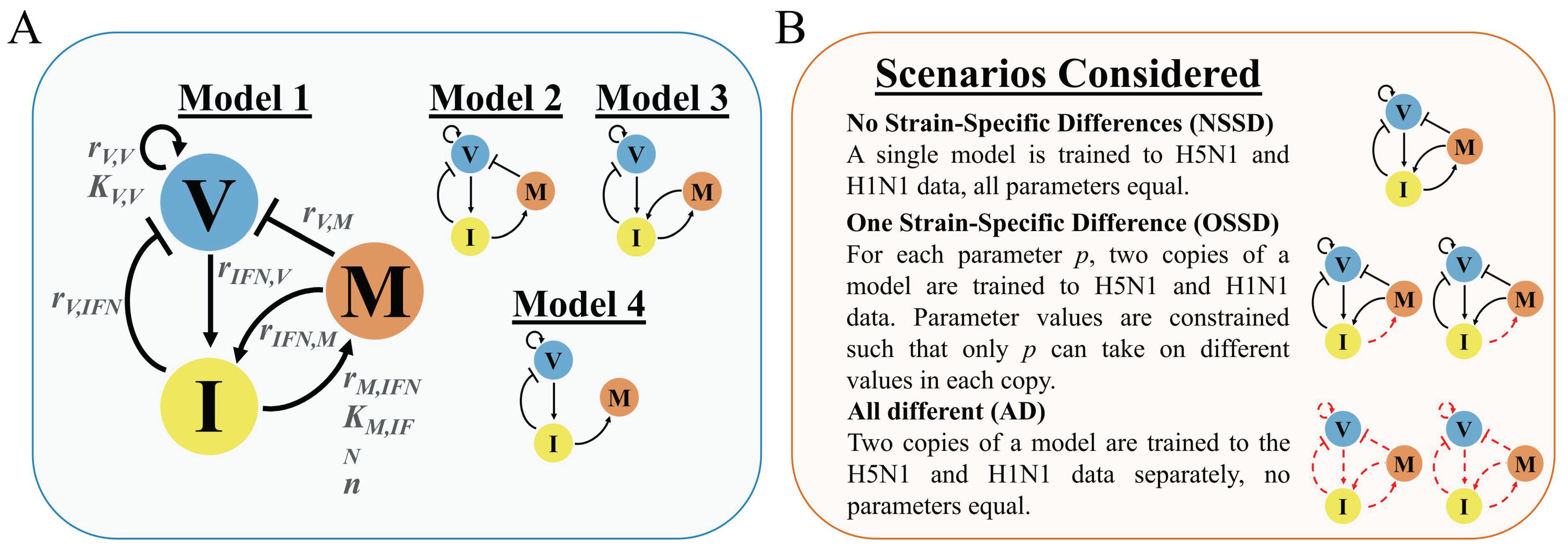アグリライフ・リサーチ社が、ウイルス感染に関する公衆衛生の懸念に回答 AgriLife Research answers public health concerns about virus transmission
2022-07-21 テキサス A&M大学

A member of the Texas A&M AgriLife Research team takes samples from one of a dozen sticky traps. The samples were part of the study to determine whether flies and cockroaches could spread SARS-CoV-2. (Texas A&M AgriLife photo by Gabe Hamer)
<関連情報>
- https://agrilifetoday.tamu.edu/2022/07/21/study-shows-flies-roaches-not-likely-to-spread-covid-19/
- https://academic.oup.com/jme/article/59/4/1479/6595442?login=false
COVID-19陽性者がいた家庭のハエやゴキブリにSARS-CoV-2の証拠はない。 No Evidence of SARS-CoV-2 Among Flies or Cockroaches in Households Where COVID-19 Positive Cases Resided
Christopher M Roundy, Sarah A Hamer, Italo B Zecca, Edward B Davila, Lisa D Auckland, Wendy Tang, Haley Gavranovic, Sonja L Swiger, Jeffery K Tomberlin, Rebecca S B Fischer,Alex Pauvolid-Corrêa, Gabriel L Hamer
Journal of Medical Entomology Published:30 May 2022
DOI:https://doi.org/10.1093/jme/tjac055
Abstract
Flies and other arthropods mechanically transmit multiple pathogens and a recent experimental study demonstrated house flies, Musca domestica L. (Diptera: Muscidae), can mechanically transmit SARS-CoV-2. The purpose of this study was to explore the possibility of mechanical transmission of SARS-CoV-2 by domestic insects and their potential as a xenosurveillance tool for detection of the virus. Flies were trapped in homes where at least one confirmed human COVID-19 case(s) resided using sticky and liquid-baited fly traps placed inside and outside the home in the Texas counties of Brazos, Bell, and Montgomery, from June to September 2020. Flies from sticky traps were identified, pooled by taxa, homogenized, and tested for the presence of SARS-CoV-2 RNA using quantitative reverse transcription PCR (RT-qPCR). Liquid traps were drained, and the collected fluid similarly tested after RNA concentration. We processed the contents of 133 insect traps from 40 homes, which contained over 1,345 individual insects of 11 different Diptera families and Blattodea. These individuals were grouped into 243 pools, and all tested negative for SARS-CoV-2 RNA. Fourteen traps in seven homes were deployed on the day that cat or dog samples tested positive for SARS-CoV-2 RNA by nasal, oral, body, or rectal samples. This study presents evidence that biting and nonbiting flies and cockroaches (Blattodea) are not likely to contribute to mechanical transmission of SARS-CoV-2 or be useful in xenosurveillance for SARS-CoV-2.


